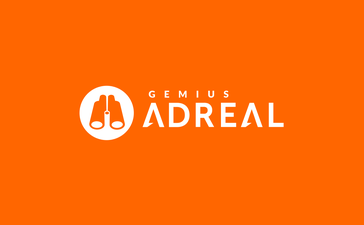
How do ads engage users?
by Tomasz Lechowicz, business advisor, Gemius
Year after year, the share of direct clicks on ad banners or links and conversion to the advertiser’s site (i.e. the goal product or service site) is dwindling. In other words, internet users are now less eager to immediately react to the ad formats they are displayed; much more often they now independently search for information about an advertised product by typing the address or key words in a search engine window. The advert itself is then only an inspiration, or a starting point for an internet user to spark interest in an advertised product or service – regardless of the format: display, sponsored link, or video.
What is even more, the online traffic data analysis conducted by Gemius allows to identify the periods and moments in time when, after exposure to an advert, the frequency of search for information about the product, service or brand increases.
Here are just a few of the key conclusions drawn from the analysis
- Internet users are most interested in an online ad within the first 20 minutes after watching it (after it is displayed).
- In a longer perspective, the information conveyed in an ad is most often sought for within 3 hours after exposure. Then the effectiveness of communication – i.e. the user’s willingness to search for information – fades with time to disappear completely. The fade-away time differs between market segments and lasts from several hours to several days.
-
A cyclical nature of internet user’s activity has also been observed; the cycles have varied characteristics depending on the market segment. The effectiveness of an ad (defined as a user’s eagerness to search information about the offer online) increases again to reach high levels after 24, 48, 72 hours, etc. This suggests this is a periodical phenomenon: the user’s interest in the advertised content goes through peaks and dips. It must be noted, however, that the interest dies away after a few 24-hour cycles. Interestingly, in some industries where the decision-making process takes longer (e.g. telephone operators), the advertising message can survive up to 7 days in the internet user’s mind. In other market segments (where decisions are made quicker, such as buying online plane tickets, last minute offers), the interest fades away after 48-72 hours (i.e. 2-3 cycles).
Effective campaign management
Such observations warrant a verification of the tools and methods for measuring effectiveness of online advertising campaigns used so far, and implementation of some new paradigms for effective campaign management, for instance accurate user retargeting based on the entire history of their exposure to an ad (with a focus on refreshing the message once in a while), adjusted valuation (adequate) of a user in RTB systems (with consideration of the time lapse influencing the purchase potential) and adapting the target website content (i.e. the one where the transaction is to take place), with consideration of the history (statistics) of internet users’ exposure to an ad.[nbsp]
[nbsp]


